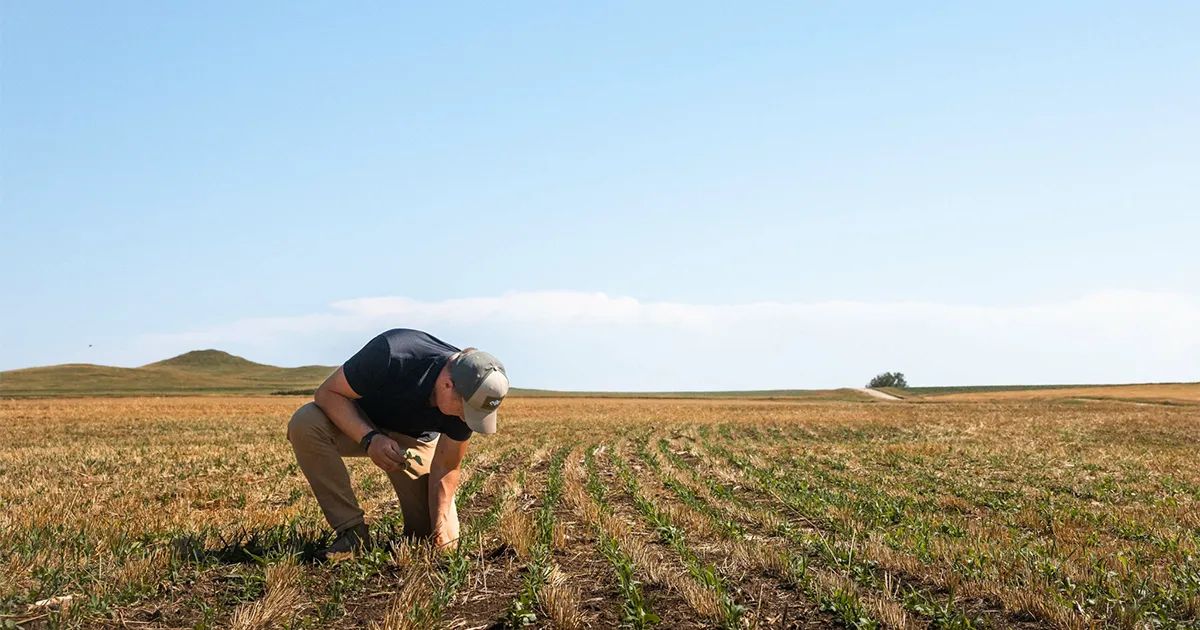
Federal Conservation Programs Are Part Of U.S. Wheat’s Stories Of Stewardship
February 24, 2024
U.S. Wheat Associates (USW) has a responsibility to help the world’s wheat buyers, flour millers, bakers, and wheat food processors better understand how U.S. farmers produce higher-yielding, higher-quality wheat while using methods that are better for the planet we all share. Our new “Stories of Stewardship” focus provides specific examples of this commitment.
It is also important to understand that farmers and the federal government have been partners in conservation for decades. The 2018 Farm Bill maintained a strong commitment to voluntary, incentive-based conservation programs that have been utilized by wheat growers across the country and are expanding with the infusion of additional funding under the Inflation Reduction Act (IRA) of 2022.
The National Association of Wheat Growers (NAWG) has reported that between 2018 and 2021, wheat farmers entered over 7,500 contracts with USDA’s Natural Resources Conservation Service through the Farm Bill conservation programs. These include such practices as cover crops, reduced tillage, erosion control terraces, and grassed waterways. NAWG suggests the flexibility and local decision-making included in the Farm Bill conservation programs is vital to their success.
Effective Incentives
The Farm Bill conservation programs have a permanent budget, but the IRA provided an additional $18 billion for the programs. That extra funding represents an incentive for farmers and agribusinesses to implement green agriculture production methods and is being made available in tranches through 2026.
“Politico” reported in August 2023 that the agricultural industry is responding positively to the incentives. The article quoted a former senior director of government relations at the American Farm Bureau Federation (AFBF) saying the program’s popularity is based on its “voluntary, incentive-based approach” that he said allows for innovation.
Farmers Want Voluntary Conservation Programs
The demand for conservation programs among U.S. wheat farmers is strong according to testimony to Congress on Title II Conservation Programs in 2022 by then NAWG President Nicole Berg.
“Wheat growers and other crop, livestock and forest landowners are seeking assistance through the voluntary conservation programs and there is a backlog of more growers seeking assistance than funding (and staff time) available,” Berg said. “We recognize that the Inflation Reduction Act added a significant amount of funding to these programs and hopefully that backlog will be addressed, and we urge Congress to continue the commitment to voluntary, incentive-based conservation programs in the next Farm Bill.”
Despite predictable political opposition to elements of the IRA agricultural conservation programs, there is growing support for making additional conservation funding a permanent part of farm legislation. “Agri-Pulse” recently reported that under the budget rules used to pass the IRA, none of the money can be spent after 2031, and there is no lever to increase long-term funding levels.
Pressure to Do It Well
“We’ve got resources to do good things right now, but at the same time, we’re under some pressure to do that well and to get those resources put out into the field in a way that obviously works for the environment, works for our customers – the producers – and works for the taxpayer,” USDA Farm Production and Conservation Undersecretary Robert Bonnie said.
USW is encouraged by the on-going partnership between U.S. agriculture, including wheat farmers, and the federal government aimed at conserving farms and farmland and the gifts of soil, water, and seed. We will continue to share this and many other “Stories of Stewardship” with our customers everywhere.
Source: U.S. Wheat Associates










